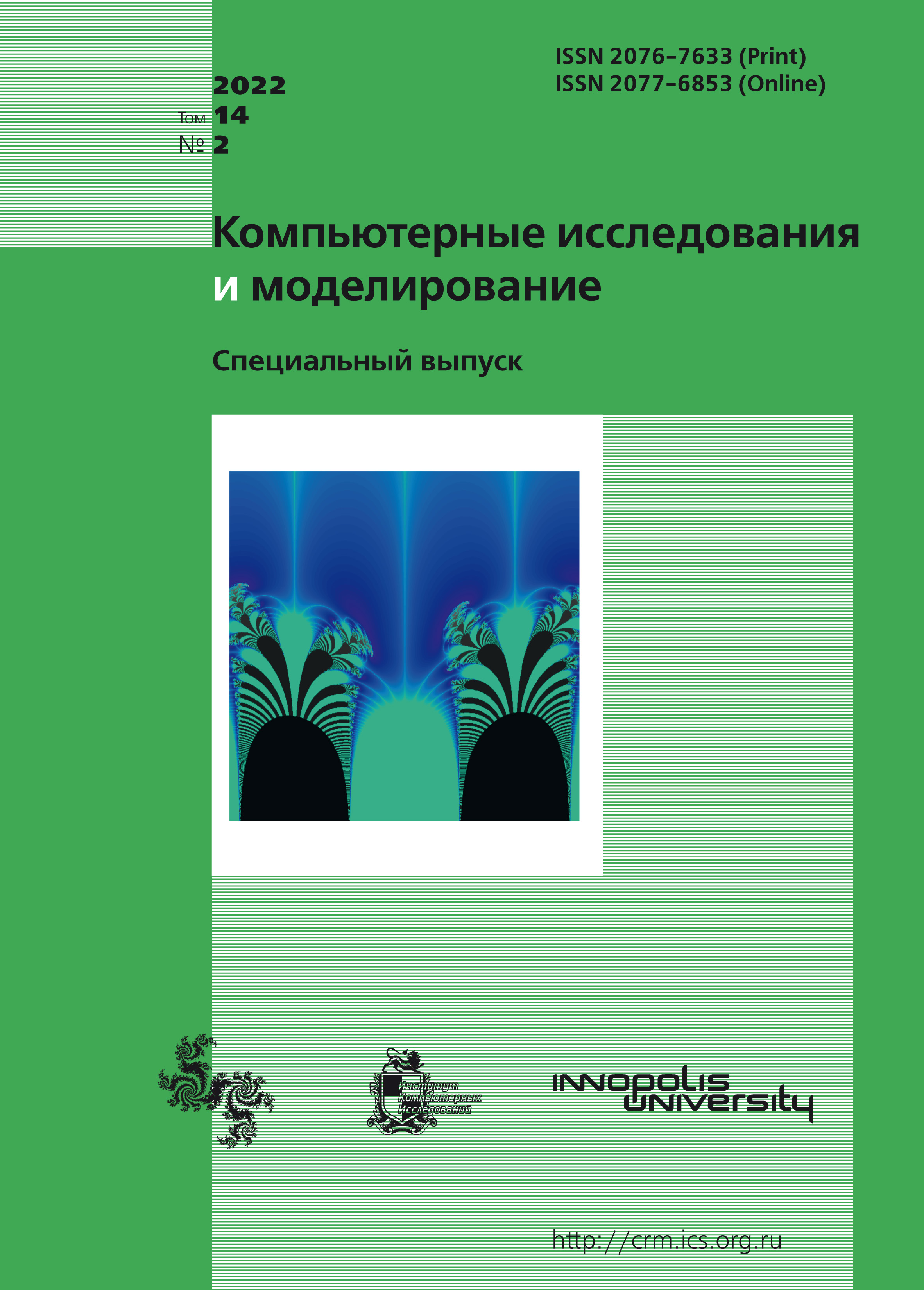All issues
- 2025 Vol. 17
- 2024 Vol. 16
- 2023 Vol. 15
- 2022 Vol. 14
- 2021 Vol. 13
- 2020 Vol. 12
- 2019 Vol. 11
- 2018 Vol. 10
- 2017 Vol. 9
- 2016 Vol. 8
- 2015 Vol. 7
- 2014 Vol. 6
- 2013 Vol. 5
- 2012 Vol. 4
- 2011 Vol. 3
- 2010 Vol. 2
- 2009 Vol. 1
Averaged heavy-ball method
 pdf (2757K)
pdf (2757K)
First-order optimization methods are workhorses in a wide range of modern applications in economics, physics, biology, machine learning, control, and other fields. Among other first-order methods accelerated and momentum ones obtain special attention because of their practical efficiency. The heavy-ball method (HB) is one of the first momentum methods. The method was proposed in 1964 and the first analysis was conducted for quadratic strongly convex functions. Since then a number of variations of HB have been proposed and analyzed. In particular, HB is known for its simplicity in implementation and its performance on nonconvex problems. However, as other momentum methods, it has nonmonotone behavior, and for optimal parameters, the method suffers from the so-called peak effect. To address this issue, in this paper, we consider an averaged version of the heavy-ball method (AHB). We show that for quadratic problems AHB has a smaller maximal deviation from the solution than HB. Moreover, for general convex and strongly convex functions, we prove non-accelerated rates of global convergence of AHB, its weighted version WAHB, and for AHB with restarts R-AHB. To the best of our knowledge, such guarantees for HB with averaging were not explicitly proven for strongly convex problems in the existing works. Finally, we conduct several numerical experiments on minimizing quadratic and nonquadratic functions to demonstrate the advantages of using averaging for HB. Moreover, we also tested one more modification of AHB called the tail-averaged heavy-ball method (TAHB). In the experiments, we observed that HB with a properly adjusted averaging scheme converges faster than HB without averaging and has smaller oscillations.
Copyright © 2022 Danilova M.Y., Malinovskiy G.S.
Indexed in Scopus
Full-text version of the journal is also available on the web site of the scientific electronic library eLIBRARY.RU
The journal is included in the Russian Science Citation Index
The journal is included in the RSCI
International Interdisciplinary Conference "Mathematics. Computing. Education"






